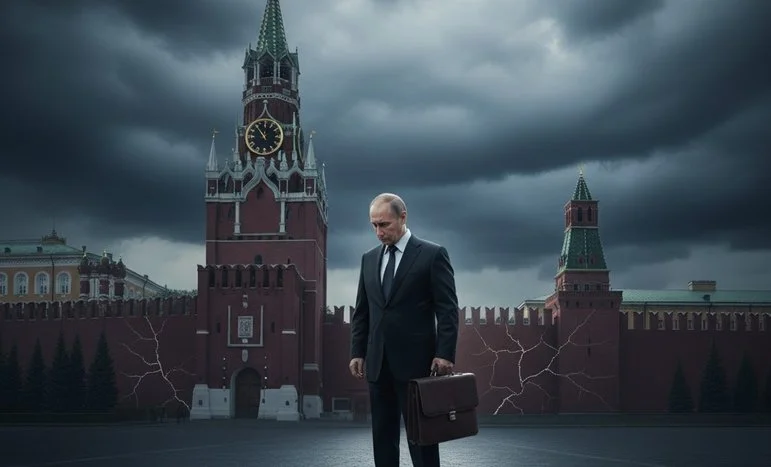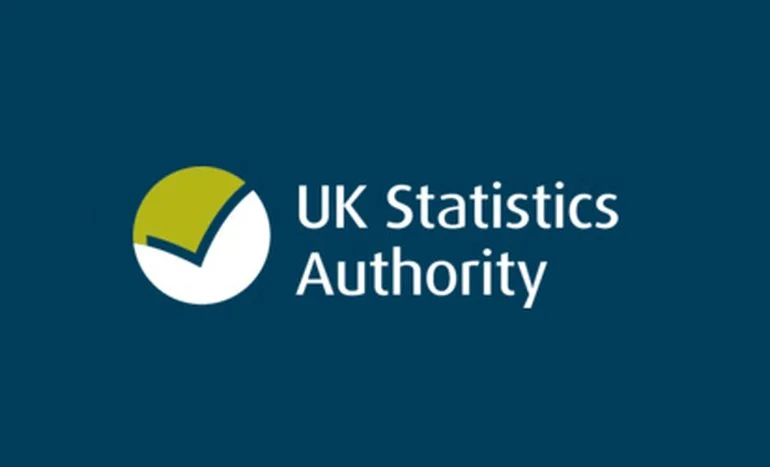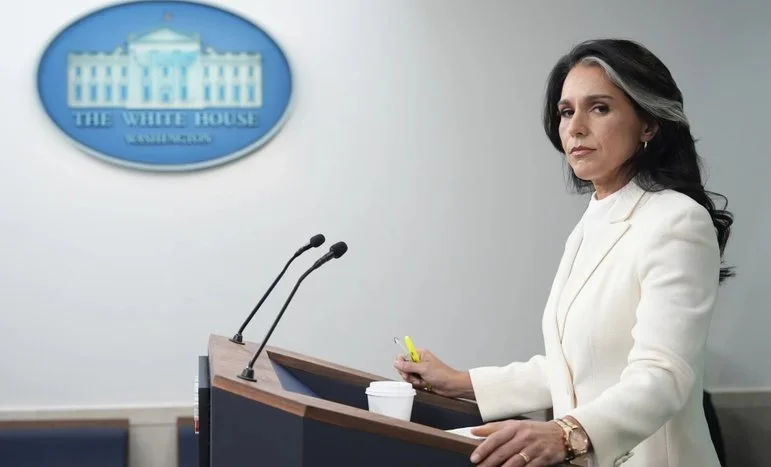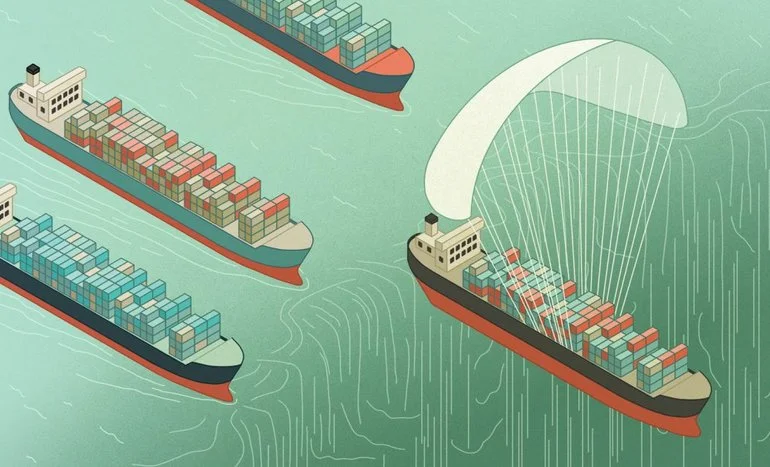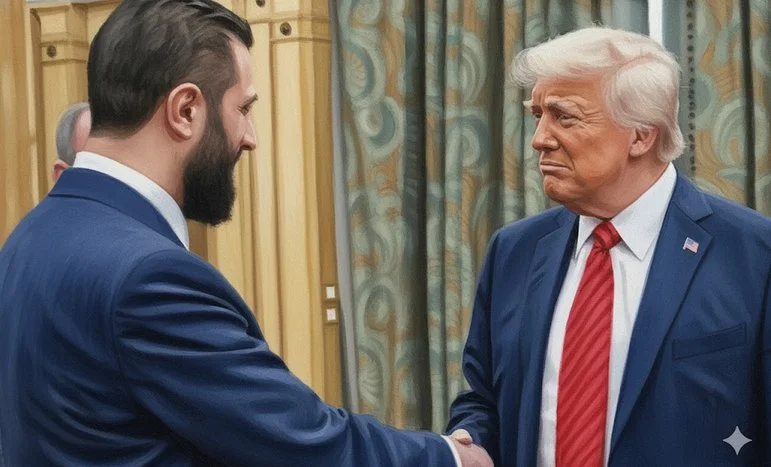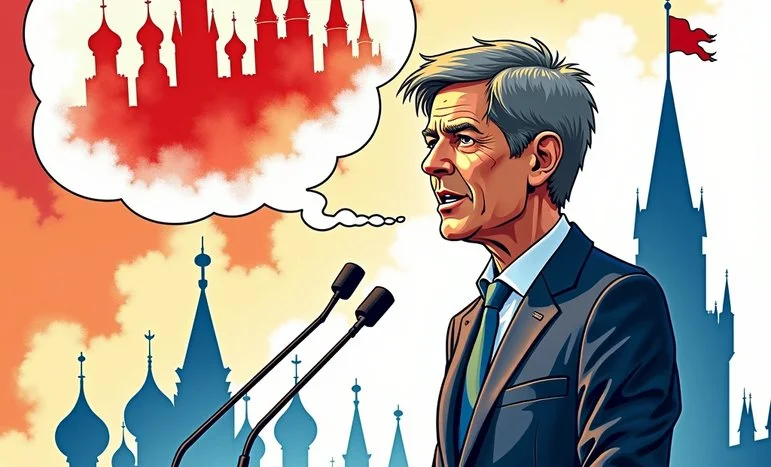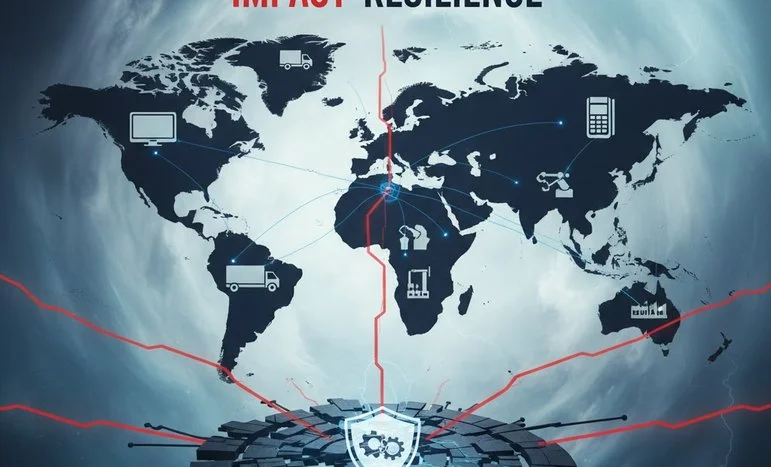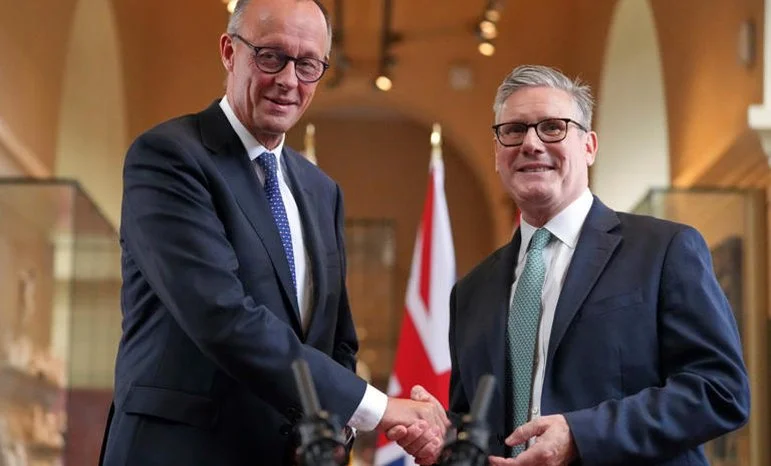
The Kensington Treaty: UK–Germany’s Strategic Reconnection After Brexit
On 17 July 2025, UK Prime Minister Keir Starmer and German Chancellor Friedrich Merz signed the “Kensington Treaty”, the first formal bilateral treaty between the UK and Germany since World War II. Held at the Victoria and Albert Museum in London, the agreement cements deepened ties in defence, migration, trade, transport, and citizen mobility :contentReference[oaicite:1]{index=1}.
Key Pillars of the Treaty
1. Mutual Assistance & Defence
The treaty includes a formal mutual assistance clause, pledging support in the event of an armed attack—reinforcing UK–Germany security coordination within NATO and broader European strategy :contentReference[oaicite:2]{index=2}.
2. Joint Defence Industry Projects
Signatories committed to jointly producing military platforms—such as Typhoon jets, Boxer armoured vehicles, and long-range precision missiles—and boosting export campaigns. Partnerships include the planned opening of a German drone factory in Swindon, supporting innovation and job creation :contentReference[oaicite:3]{index=3}.
3. Migration Crackdown & Legal Alignment
Germany agreed to criminalize facilitating smuggling operations—closing a loophole exploited to store or transport migrant boats bound for the UK. This aims to aid UK law enforcement efforts in disrupting Channel crossings :contentReference[oaicite:4]{index=4}.
4. Enhanced Mobility & Cultural Exchanges
The treaty simplifies travel and exchange, enabling UK passport holders to use German e‑gates beginning August, and allowing visa-free school trips and youth mobility programs by year-end. A direct rail link between London and Berlin is also explored with a ten-year implementation timeline :contentReference[oaicite:5]{index=5}.
Strategic Context and Implications
A Reset in Post-Brexit Relations
For nearly five years, UK‑Germany ties were strained by Brexit-related friction. The Kensington Treaty signals a deliberate reconnection—positioning both nations as E3 leaders alongside France in shaping European policy, even outside EU structures :contentReference[oaicite:6]{index=6}.
Responding to a Shifting Security Environment
Perceived uncertainty about U.S. commitment under the Trump administration, combined with Russia’s ongoing aggression in Ukraine, has spurred European actors to deepen defence coordination independently. The treaty reflects this evolving dynamic :contentReference[oaicite:7]{index=7}.
Domestic Political Significance
Chancellor Merz framed the agreement as long overdue, calling the absence of a UK–Germany treaty since WWII a remarkable oversight. On the UK side, Starmer portrayed it as a bold ‘statement of intent’ for post-Brexit diplomacy and European reintegration through partnership rather than membership :contentReference[oaicite:8]{index=8}.
Risks and Challenges Ahead
- Implementation Complexity: Delivering on defence production projects, rail infrastructure, and legal reforms across two legal systems will require sustained coordination.
- Political Resistance: Law changes—especially in migration policy—may face opposition within Germany. Similarly, British far-right critics could frame the treaty as undermining sovereignty or favouring EU-aligned policies.
- Geopolitical Balance: Maintaining NATO unity while strengthening independent bilateral ties could risk duplication or friction if broader consensus on European defence strategy doesn’t emerge.
Conclusion
The Kensington Treaty represents a landmark shift in UK‑Germany relations—transforming detachment into deep collaboration at a time of continental uncertainty. It is not a revival of EU membership but a strategic re‑anchoring of bilateral partnership across defence, mobility, migration control, and industry.
As Europe seeks greater autonomy amid U.S. geopolitical unpredictability and the ongoing Ukraine crisis, this treaty signals a serious effort by London and Berlin to anchor the continent’s future on pragmatism and shared purpose.
We appreciate that not everyone can afford to pay for Views right now. That’s why we choose to keep our journalism open for everyone. If this is you, please continue to read for free.
But if you can, can we count on your support at this perilous time? Here are three good reasons to make the choice to fund us today.
1. Our quality, investigative journalism is a scrutinising force.
2. We are independent and have no billionaire owner controlling what we do, so your money directly powers our reporting.
3. It doesn’t cost much, and takes less time than it took to read this message.
Choose to support open, independent journalism on a monthly basis. Thank you.
